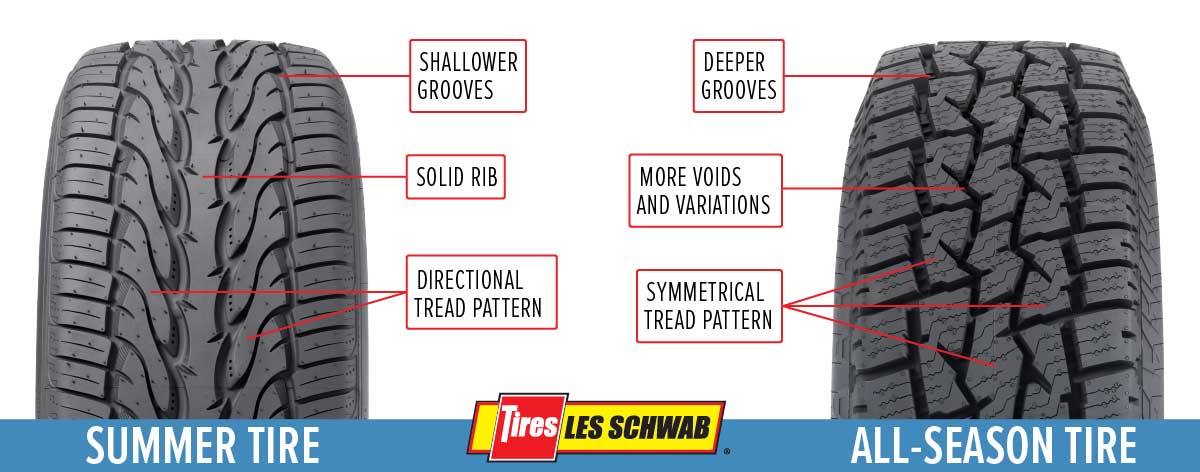Though it’s sometimes subtle, the alignment of your wheels can get out of whack from everyday driving. This reduces your vehicle’s drivability, lowers gas mileage and causes early tire wear. An alignment is the process of adjusting the angles of your vehicle’s wheels back within original specifications to improve their contact with the road.
An alignment improves vehicle safety by keeping the right amount of the tire in contact with the road and preventing your vehicle from pulling to the left or right. A properly aligned vehicle has a smoother ride and optimal gas mileage. Keeping the wheels aligned also extends tire life.
Over time, normal settling of the suspension, including fatigue of springs and bushings (rubber cushions that dampen the amount of movement and noise), will gradually change alignment. Hitting a pothole, going over big bumps, rubbing up against a curb or rolling over debris can also push wheels out of alignment. Additionally, aggressive driving, carrying heavy loads, bent or worn suspension/steering parts, or a slight fender-bender can trigger misalignment. To improve your vehicle safety, get your vehicle aligned twice a year or when you buy new tires. Other times to get your alignment checked include:
After a sharp impact with a curb or pothole
If you go offroading a lot
When tires are wearing unevenly
Anytime you lower or lift your vehicle
When steering or suspension parts that affect the tire angles are replaced
If you notice your vehicle drifts or pulls to one side
If the steering wheel is off-center when you’re pointing straight
After an accident
Even if your vehicle is out of alignment, you might not notice it over time.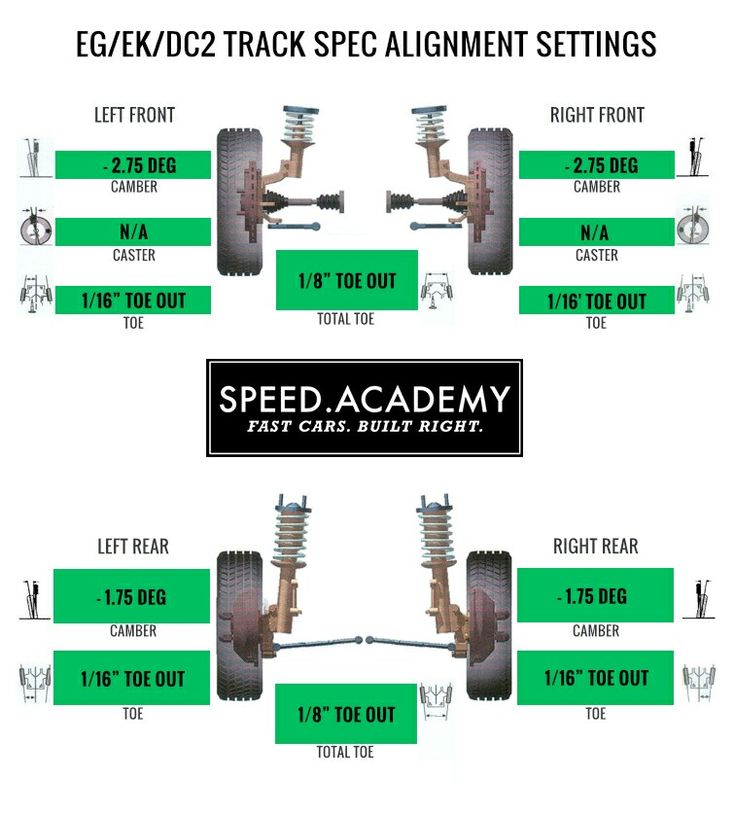 Indications of a misaligned vehicle include:
Indications of a misaligned vehicle include:
Uneven
Tire Wear
Steering Wheel
Off-Center
Pulling or Drifting
When Steering
Not likely. Vibrations in the steering wheel, the floorboard or the seat (especially at highway or freeway speeds) is likely a sign that one or more of your tire/wheel assemblies is out-of-balance, or you are experiencing another tire issue.
No. Generally, any noise from misalignment is caused by abnormal tire wear. If tires are the source of road noise, an alignment correction may be needed. However, this won’t solve the noise problem.
Yes. If they show moderate-to-severe edge wear or feathered wear, it likely means they’re out of alignment. This is often an indicator that the toe or the camber angle is off.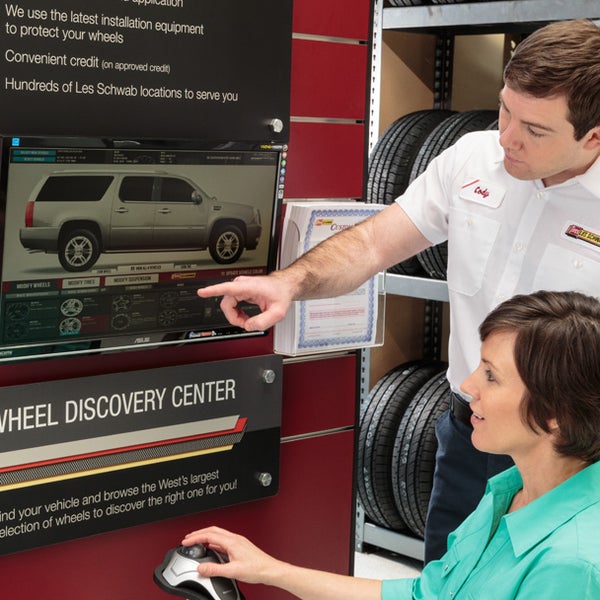
Camber Affects Wear and Cornering: The inward and outward tilt of the tire and wheel assembly (viewed from the front of the vehicle) is called camber. When the top of the tire is leaning inward, it is a negative camber. Positive camber has the top of the tire tilting outward. Each manufacturer sets a specific camber alignment for every vehicle it produces, which might be either positive, negative or zero (0º). When the camber is at the correct angle, the tire and wheel will roll straight.
Generally, camber plays a key-role in cornering performance. If the camber is out of the manufacturer’s range, it can cause handling issues and excessive tire wear, which costs you money. If a vehicle has rear-camber adjustments, adjusting the rear camber plays a big role in straight-line stability and cornering.
Toe Is the Most Important Angle for Tire Life: Of all the angles, the toe can fall out of alignment the easiest. A toe that is properly calibrated to manufacturer specifications (which can be either slightly positive or negative) will be at zero (0º) when on the road. This means all of the tire and wheel assemblies (front and rear) are pointing in the same direction. When the toe is at the correct angle, there’s less friction on the tires as they roll. When they are facing away from each other (toe-out) or toward each other (toe-in), they’re essentially scrubbing on the road ever so slightly with every passing mile. This can reduce tire life.
A toe that is properly calibrated to manufacturer specifications (which can be either slightly positive or negative) will be at zero (0º) when on the road. This means all of the tire and wheel assemblies (front and rear) are pointing in the same direction. When the toe is at the correct angle, there’s less friction on the tires as they roll. When they are facing away from each other (toe-out) or toward each other (toe-in), they’re essentially scrubbing on the road ever so slightly with every passing mile. This can reduce tire life.
Yes. If they show moderate-to-severe edge wear or feathered wear, it likely means they’re out of alignment. This is often an indicator that the toe or the camber angle is off.
Camber Affects Wear and Cornering: The inward and outward tilt of the tire and wheel assembly (viewed from the front of the vehicle) is called camber. When the top of the tire is leaning inward, it is a negative camber.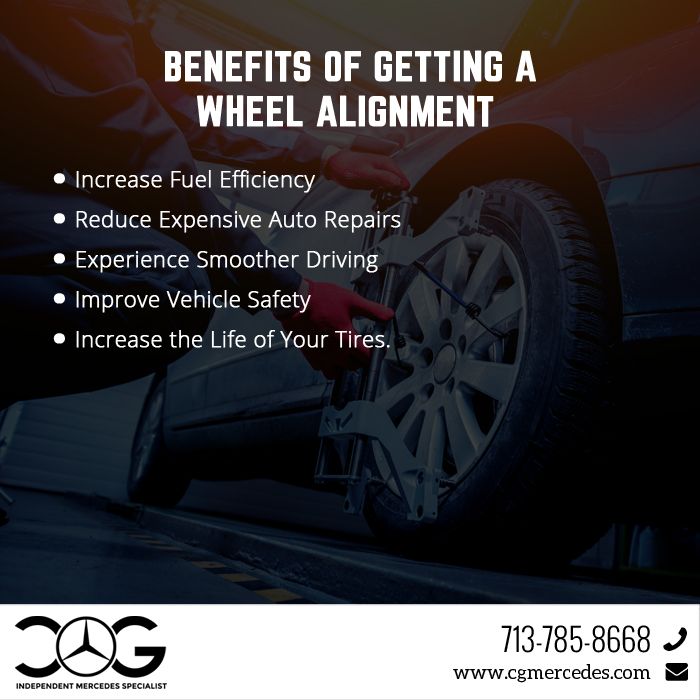 Positive camber has the top of the tire tilting outward. Each manufacturer sets a specific camber alignment for every vehicle it produces, which might be either positive, negative or zero (0º). When the camber is at the correct angle, the tire and wheel will roll straight.
Positive camber has the top of the tire tilting outward. Each manufacturer sets a specific camber alignment for every vehicle it produces, which might be either positive, negative or zero (0º). When the camber is at the correct angle, the tire and wheel will roll straight.
Generally, camber plays a key-role in cornering performance. If the camber is out of the manufacturer’s range, it can cause handling issues and excessive tire wear, which costs you money. If a vehicle has rear-camber adjustments, adjusting the rear camber plays a big role in straight-line stability and cornering.
Toe Is the Most Important Angle for Tire Life: Of all the angles, the toe can fall out of alignment the easiest. A toe that is properly calibrated to manufacturer specifications (which can be either slightly positive or negative) will be at zero (0º) when on the road. This means all of the tire and wheel assemblies (front and rear) are pointing in the same direction.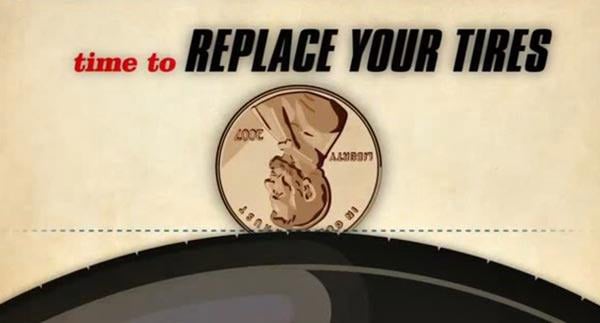 When the toe is at the correct angle, there’s less friction on the tires as they roll. When they are facing away from each other (toe-out) or toward each other (toe-in), they’re essentially scrubbing on the road ever so slightly with every passing mile. This can reduce tire life.
When the toe is at the correct angle, there’s less friction on the tires as they roll. When they are facing away from each other (toe-out) or toward each other (toe-in), they’re essentially scrubbing on the road ever so slightly with every passing mile. This can reduce tire life.
A wheel alignment is done using an alignment machine that measures your wheel angles. These are calculated and compared against your vehicle’s original specifications.
The technician makes adjustments to the camber, caster, and toe of each wheel as needed.
A real-time computer readout shows when the target angles are met.
Your steering wheel is checked to ensure it is centered.
Finally, your vehicle is given a quick test drive.
Your technician will advise what kind of alignment is best for your vehicle type. Generally, a four-wheel alignment will cost more than a standard or thrust alignment.
Generally, a four-wheel alignment will cost more than a standard or thrust alignment.
Thrust Alignment: A thrust alignment is the most accurate alignment for vehicles without adjustable rear suspension. Only the front wheels are adjusted. Here’s how: There’s no guarantee both rear wheels are pointed straight ahead as they should be. One may be pointed exactly forward and the other slightly off. Or both their angles could be off. Since this can’t be adjusted, the front wheels are aligned as closely as possible to the thrust line, which is the average of where the two rear wheels point. This compensates enough to get a centered steering wheel.
Four-Wheel Alignment: This is done on vehicles with adjustable rear suspension, to bring all four wheels of your vehicle back into your vehicle’s original specifications. All four wheels are aligned to the center of the vehicle. First, the rear axle angles are measured and adjusted, then the front.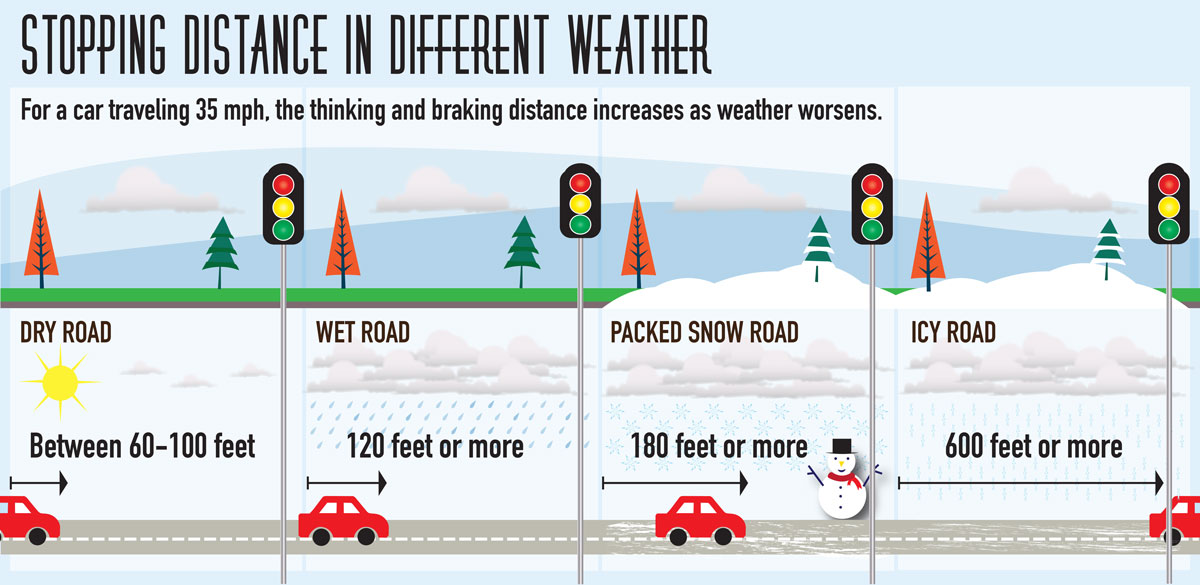 This is the best, most accurate, manufacturer-recommended alignment for vehicles with adjustable rear suspension.
This is the best, most accurate, manufacturer-recommended alignment for vehicles with adjustable rear suspension.
Yes. Getting an alignment when you replace tires is one of the best ways to get the most mileage out of them. Be sure to ask for an alignment, since it’s not generally part of the tire purchase price.
Regular alignments are part of basic auto maintenance. Catching misalignment early means you can correct your wheel’s positions before you have premature tire wear. Cars usually go out of alignment gradually, so it’s important to check it at least annually, or twice a year if you travel roads that are washboard, rutted or full of potholes.
After a sharp impact with a curb or pothole
If you go offroading a lot
When tires are wearing unevenly
Anytime you lower or lift your vehicle
When steering or suspension parts that affect the tire angles are replaced
If you notice your vehicle drifts or pulls to one side
If the steering wheel is off-center when you’re pointing straight
After an accident
Les Schwab does free visual alignment inspections.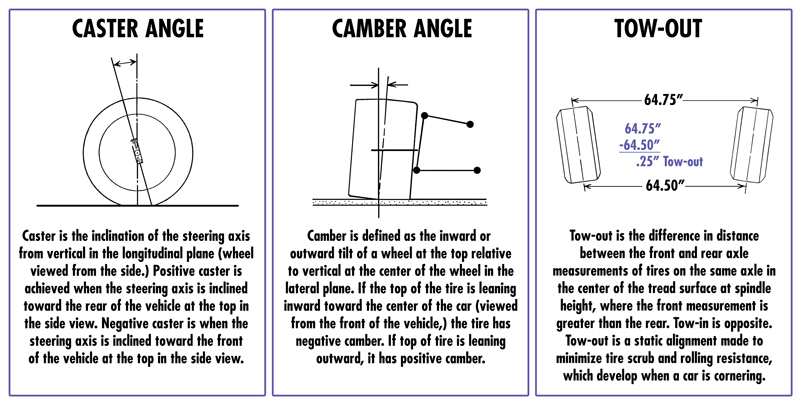 If we recommend an alignment but find during the course of the work that your alignment is good and can’t be improved, there’s no charge.)
If we recommend an alignment but find during the course of the work that your alignment is good and can’t be improved, there’s no charge.)
Regardless of whether they’re 4WD, front-wheel-drive or rear-wheel-drive, most cars and many SUVs today are four-wheel alignable. These vehicles should get a four-wheel alignment because the rear is just as likely to be out of alignment and cause uneven tire wear as the front.
Yes. When your wheels are properly aligned, there’s less rolling resistance. Tires with less rolling resistance experience less friction which may improve fuel efficiency. If the situation continues, the tires will wear unevenly and lead to worse gas mileage.
No. Alignment and balancing are two very different repairs. Rebalancing tires is a process of attaching small weights, just fractions of ounces, to the wheel.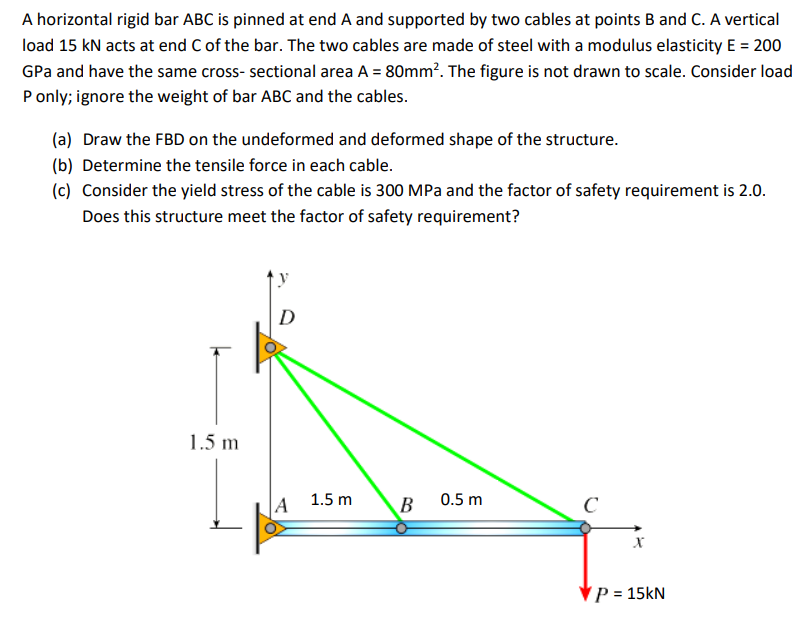 This ensures the weight of the wheel is even around the entire unit. Although they’re round, tires have manufacturing imperfections and wear that create lighter and heavier areas. The weights compensate for this.
This ensures the weight of the wheel is even around the entire unit. Although they’re round, tires have manufacturing imperfections and wear that create lighter and heavier areas. The weights compensate for this.
Rebalancing is done in a tire shop by putting the wheel-tire unit on a tire-balancing machine that detects imbalance in the tire/wheel assembly. This shows where the imbalance is and the amount of weight needed to counter that imbalance. It’s most often done when new tires are installed. Les Schwab performs tire balancing with every rotation. However, it is not part of an alignment.
Les Schwab wheel alignments include a tire inspection, test drive before, steering and suspension inspection, tire pressure check and adjustment, alignment angles measured and adjusted, test drive after, and a printed report showing before and after measurements. Alignments done at Les Schwab Tires are covered by a 30-day guarantee, which includes labor.
An off-center steering wheel is one sign of misalignment. A wheel alignment may restore the steering wheel to a centered position if there aren’t other undiagnosed problems.
When alignment angles are out of the vehicle’s original specifications, steering can feel slightly loose. This condition can be corrected by a wheel alignment. But if you’re noticing a lot more steering wheel movement than normal, there may be worn steering or suspension parts. In this case, the loose parts should be identified in the pre-alignment inspection and repairs should be recommended before aligning.
Check your vehicle’s owner manual for the original warranty.
It varies according to vehicle type, shop, region and type of alignment. A quality shop will advise in advance what type is best and what it will cost before performing the work. A great shop only charges for work that is actually needed once the job is underway.
A great shop only charges for work that is actually needed once the job is underway.
Les Schwab Tires offers full wheel alignment services — including adjustments and free inspections — usually without an appointment.
A wheel alignment service, once your vehicle is in our service bay, can take up to one hour. The time frame depends on the severity of the misalignment and whether or not your vehicle requires a thrust, or four-wheel alignment. The pros at your local Les Schwab Tires can give you an accurate time estimate.
Find A StoreYou don’t have to go off-roading or hit hundreds of potholes and speed bumps to cause alignment issues. Everyday driving can put your wheels out of alignment. Over time, those misaligned tire and wheel assemblies will impact your gas mileage (MPG), cause tires to wear out faster, and reduce drivability.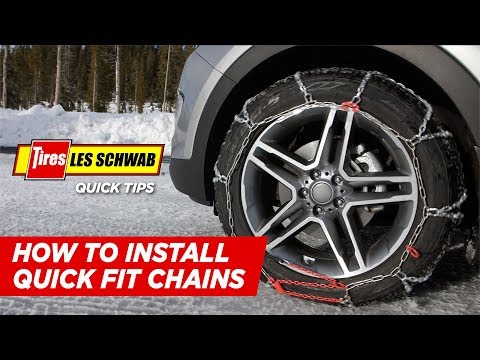 Here’s why you need regular wheel alignments and how Les Schwab can help.
Here’s why you need regular wheel alignments and how Les Schwab can help.
A wheel alignment is the process of adjusting the angles of your vehicle’s steering and suspension components back to original specifications. This means the front and rear wheels are in alignment with the vehicle’s centerline — optimizing driveability and fuel efficiency. An alignment is done using a special machine that measures the wheel angles against your vehicle’s original specs. The technician then makes adjustments as needed.
When your vehicle needs to be realigned, the experts at Les Schwab will do an alignment that is most appropriate for your vehicle. These may include 4-wheel alignment for front-wheel drive, all-wheel drive, and most passenger vehicles, and thrust alignment for many larger trucks and SUVs.
Regular alignments should be done twice a year as part of your basic auto maintenance. Why? Because misaligned tire and wheel assemblies will impact your gas mileage, cause tires to wear out faster, and reduce drivability.
When your vehicle is in alignment, all four wheels will be pointed the same direction and lined up from front to rear and contacting the road at the proper angle.
Dirt roads, bumpy highways, potholes, as well as hitting curbs and speed bumps can throw your vehicle out of alignment. Additionally, alignment issues will happen slowly over time due to normal wear and tear.
To quickly analyze your car’s alignment, ask yourself these questions during your next drive:
Answering yes to any of the above could mean your car or truck needs an alignment.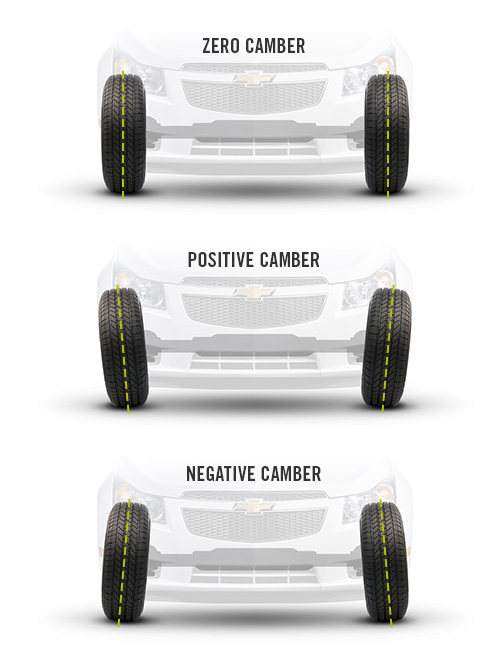 However, because alignment issues can be tough to spot, it’s a good idea to have yours checked twice per year even if you don’t notice any issues.
However, because alignment issues can be tough to spot, it’s a good idea to have yours checked twice per year even if you don’t notice any issues.
Les Schwab Tip: It’s a common misconception that you only need an alignment when the vehicle is handling improperly. This is often not the case. Getting your alignment checked twice per year can prevent unexpected tire wear and/or fuel economy.
It’s important to maintain proper wheel alignment on your vehicle. While getting your alignment done once or twice a year is advisable, there are other times when an alignment may be necessary to avoid loss of gas mileage and excessive tire wear.
This can include any of the following:
We recommend an alignment after the installation of new tires. This helps you get the most life from your new tires. Wheel alignment checks are always advised after a significant impact or uneven tire wear is detected.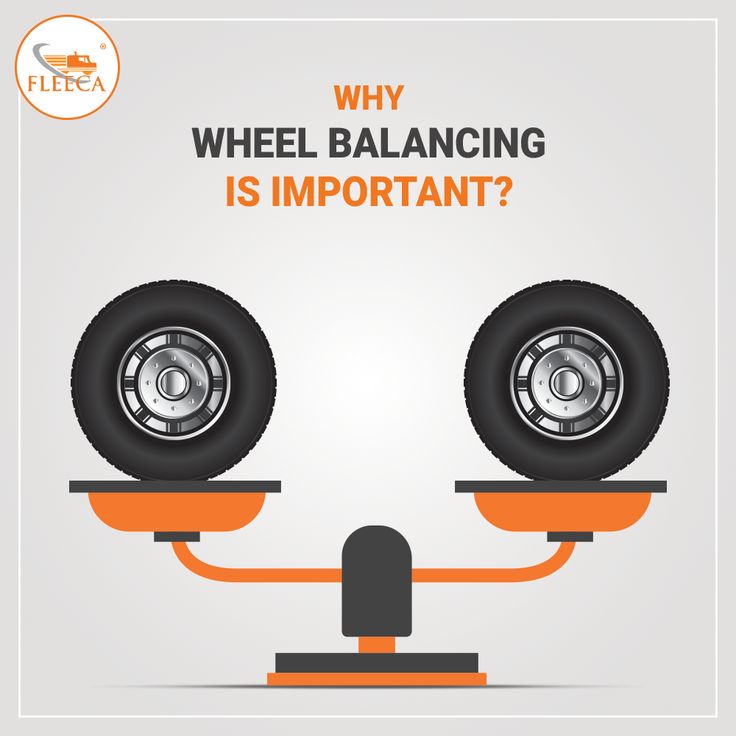
Lifting or lowering a vehicle will affect your toe, camber or caster angles. So will repair or replacement of suspension and steering parts — struts, shocks, ball joints, tie rods, bushings or control arms. If one of these components is damaged, it’s a pretty good bet your vehicle’s alignment is out of spec.
This can affect the angle of your tires and wheels.
This can include potholes and other hazards. Stop by Les Schwab and we’ll do a free visual inspection.
An annual alignment can help save you money and add safety to your outings and everyday commute.
The most common signs of misalignment are pulling to one side while you’re driving, unusual tire wear and/or a steering wheel that’s off-center even though your vehicle is pointed straight. But these symptoms can have other causes, sometimes simpler and sometimes not.
But these symptoms can have other causes, sometimes simpler and sometimes not.
An off-center steering wheel can be caused by worn steering or suspension parts. Just getting an alignment may not fix the root cause.
Irregular tire wear isn’t only limited to suspension parts, fender-benders, or alignment issues, but it’s a good place to start. Stop by Les Schwab for a free pre-trip safety check, which includes a visual inspection of alignment and related steering and suspension components that keep you safe on the road.
Les Schwab Tip: There’s no downside to an alignment check at Les Schwab. If we check your alignment and it doesn’t need any work, you won’t pay a thing.
If the asphalt has grooves that are slightly farther apart than your car’s axles, you may feel a pull as the tires on one side ride slightly higher. If the road is noticeably higher in the center, the vehicle may veer as the tires try to find a level surface.
Les Schwab Tip: Vibration while underway is often a symptom of out-of-balance tires, not bad alignment.
When you get your alignment done at Les Schwab, you’ll get our Best Alignment and Suspension Value Promise along with a job done right the first time. You’ll also get the full attention of one of our professional, certified technicians using best-in-class laser technology.
When they’re done, they’ll have your vehicle back in alignment, including the camber, caster, and toe.
The inward and outward tilt of the tire and wheel assembly (viewed from the front of the vehicle) is called camber. When the top of the tire is leaning inward, it is a negative camber. Positive camber has the top of the tire tilting outward. Each manufacturer sets a specific camber alignment for every vehicle it produces, which might be either positive, negative or zero (0º).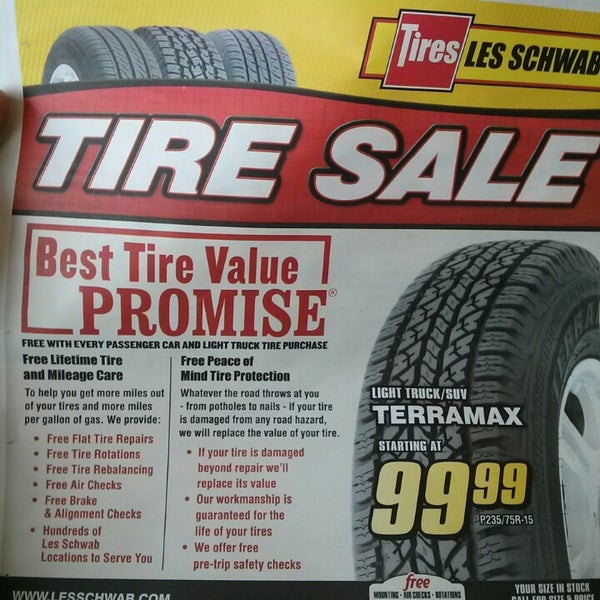 When the camber is at the correct angle, the tire and wheel will roll straight.
When the camber is at the correct angle, the tire and wheel will roll straight.
Generally, camber plays a key role in cornering performance. If the camber is out of the manufacturer’s range, it can cause handling issues and excessive tire wear, which costs you money. If a vehicle has rear-camber adjustments, adjusting the rear camber, in addition to the front, plays a big role in straight-line stability and cornering.
Image: Hunter Engineering Company
Ever tried to ride a bicycle without using your hands? The fact you could meant that your bicycle had a positive caster. If the caster had been zero (0º) or negative, riding that way would be nearly impossible. The same can be said for your vehicle.
Modern vehicles run a certain amount of positive caster with the steering axis tilted rearward toward the driver. While caster doesn’t affect tire wear like camber, it does have a big impact on steering and handling.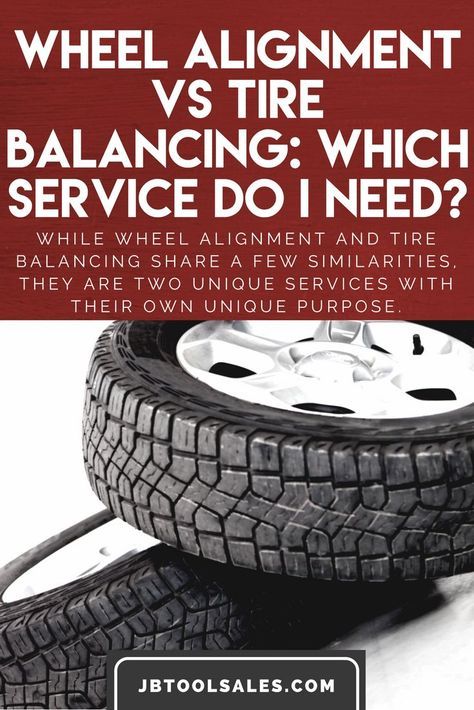
The higher the caster, the more stability a vehicle will have at higher speeds. Lower caster equals more responsive handling.
Image: Hunter Engineering Company
Of all the angles, the toe can fall out of alignment the easiest. A toe that is properly calibrated to manufacturer specifications (which can be either slightly positive or negative) will be at zero (0º) when on the road. This means all of the tire and wheel assemblies (front and rear) are pointing in the same direction.
What does it mean when the toe is out of alignment? It means your tires are wearing out faster than they should and you’re burning more fuel than is necessary. When the toe is at the correct angle, there’s less friction on the tires as they roll. When they are facing away from each other (toe-out) or toward each other (toe-in), they’re essentially scrubbing on the road ever so slightly with every passing mile.
Image: Hunter Engineering Company
Because the measurements are very fine, misalignment is not something you can see by just eyeballing whether the wheels and tire angles look right. But an experienced tire technician will usually know if you’re overdue for an alignment just by looking at your tire wear.
Here’s what to know if the service is recommended:
Regular alignments are part of basic maintenance that help you get full mileage out of your tires. The pros at your local Les Schwab can take a look at your vehicle’s suspension and alignment components and let you know if you need any repairs. If everything is okay, it won’t cost you a thing. But if you do need an alignment, we’ll tell you what it will cost, give you a time estimate, and send you on your way with a Best Alignment and Suspension Value Promise, which includes a 30-day guarantee.
The pros at your local Les Schwab can take a look at your vehicle’s suspension and alignment components and let you know if you need any repairs. If everything is okay, it won’t cost you a thing. But if you do need an alignment, we’ll tell you what it will cost, give you a time estimate, and send you on your way with a Best Alignment and Suspension Value Promise, which includes a 30-day guarantee.
Schedule an Appointment
image}}{{#icon}}{{{icon}}}{{/icon}}{{/image}}{{#description}}
{{{description}}}
{{/description}}
{{/hits}}
{{#showAllResults}}
Show all results
{{/showAllResults}} {{/total_hits}}
Kazakhstan
0003
Danmark
Deutschland
Global (English)
Italia
North America (English)
North America (French)
Polska
Switzerland
Osterreich
Belarus
Bulgaria
Russia
Ukraine 9expander. close}}-{{/expander.close}}
close}}-{{/expander.close}}
{{/children.length}}
{{/href}} {{#children.length}}{{text}}
| Designation | R13 | R14 | R15 | R16 | R17 | R18 | R19 | R20 | R20+ |
|---|---|---|---|---|---|---|---|---|---|
| Price for 1 wheel | 300 | 350 | 400 | nine0189 425475 | 550 | 650 | 700 | 800 | |
| Price for 4 wheels | 1200 | 1400 | 1600 | 1700 | 1900 | 2200 | 2600 | 2800 | 3200 |
| Removal / installation | 100 | 100 | 100 | 100 | 125 | 150 | 150 | 180 | 180 |
| Tire fitting | 80 | 100 | 120 | 140 | 150 | 180 | 260 | 250 | 300 |
| Balancing | 120 | 150 | 180 | 190 | 200 | 220 | 260 | 250 | 300 |
